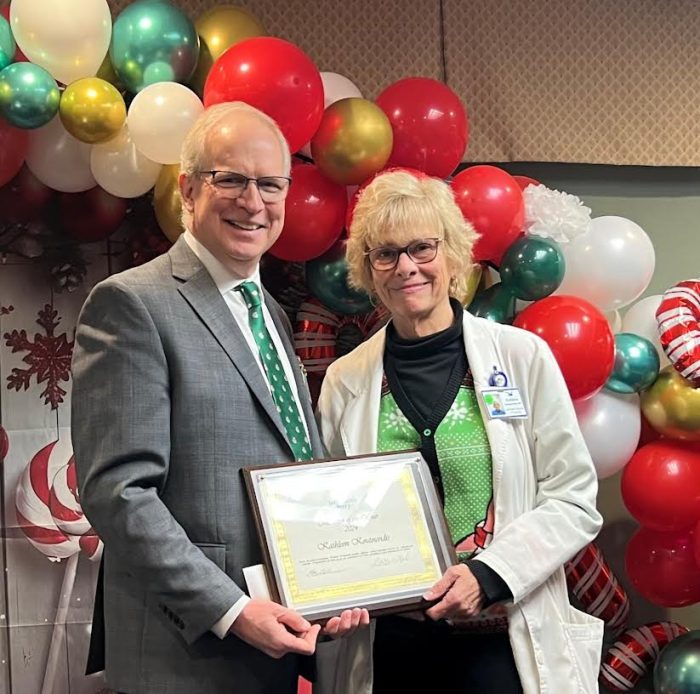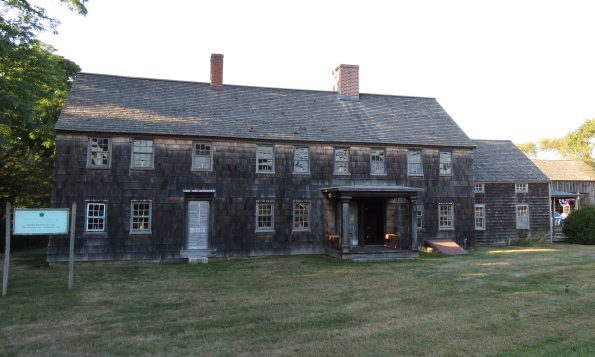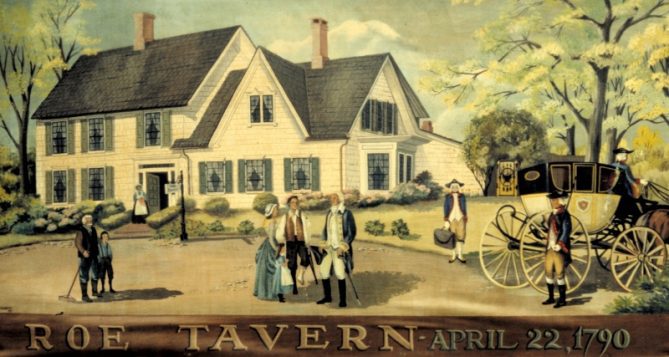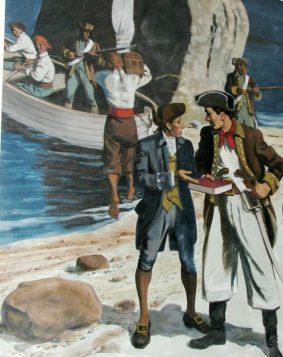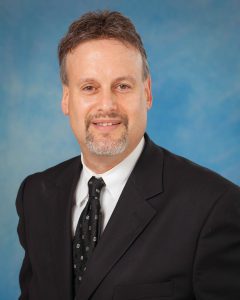The Town of Brookhaven’s Parks & Recreation Department is ringing in the new year with a series of new classes and programs at our various recreation centers. Learn more about what we have to offer and register online today!
Centereach Administration Building
286 Hawkins Road, Centereach
631-451-6112
Indoor Winter Bocce League
Meet and play with different people each week. 2 games per week. individual sign up.
Dates: Tuesdays, January 7, 14, 21, 28, February 4, 18 OR Thursdays, January 9, 16, 23, 30, February 20, 27
Time: 10:00AM – 12:00PM
Fee: $32.00 per person per 6-week session
Click HERE to register online.
Indoor Winter Night Bocce League
4-6 players per team. Each team plays 2 games per day. 12 points or 25 minute rounds.
Dates: Tuesdays, February 18, 25, March 4, 11, 18, 25
Time: 6:00pm-9:00pm
Fee: $185.00 per 6-week session per team
Click HERE to register online.
Henrietta Acampora Recreation Center
39 Montauk Highway
Blue Point, NY 11715
631-451-6163
Yoga
Yoga that meets you where you are today. This class includes standing postures, strengthening exercises on the mat, seated stretches and guided relaxation. Our practice supports strength, agility, flexibility, and balance, while reducing stress and having fun. Please bring a yoga mat, yoga blocks or rolled towel.
Dates: Mondays, February 3, 10, 24, March 10, 17, 24
Time: 1:00pm – 2:00pm
Fee: $47.00 per 6-week session
Click HERE to register online.
Watercolor Painting Class
Meet fellow artists, try a new hobby or work on an old project. Bring your own material and work in a relaxed environment. Instructor will give demonstrations along with group and individual guidance.
Dates: Tuesdays, February 4, 11, 18, 25, March 4, 11, 18, 25
Time: 10:00am – 12:00pm
Fee: $47.00 per 8-week session
Click HERE to register online.
Copper Repousse’ Decorative Metal Workshop (18+)
Create a design in relief (a sculptural technique where figures or scenes are carved into a flat background, creating the illusion that the sculpted material has been raised above the background) using copper sheet and embossing stylus tools. Students must bring your own simple design drawn in a coloring book style or use a class supplied design.
Dates: Tuesdays, February 4, 11, 18, 25
Time: 12:00PM – 2:00PM
Fee: $25.00 per 4 week session PLUS $7.00 material fee paid to instructor the first day of class.
Click HERE to register online.
Adult Art Class
Meet fellow artists, try a new hobby or work on an old project. Bring your own material and work in a relaxed environment. Instructor will give demonstrations along with group and individual guidance.
Dates: Thursdays, February 6, 13, 20, 27, March 6, 13, 20, 27
Time: 10:30am – 12:30pm
Fee: $47.00 per 8-week session
Click HERE to register online.
Sprouts & Friends Baby Class (Ages 3-12 months)
Join Sprouts & Friends for a fun, safe and creative way to learn to move through music and release energy. Our mission is to create joy while helping your little ones grow, learn, develop, and explore through playful activities. Please bring a blanket for baby to lay on. Non-walkers only.
Dates: Fridays, February 7, 14, 28, March 7, 14, 21, 28, April 4
Time: 1:00pm – 1:45pm
Fee: $57.00 per 8-week session
Click HERE to register online.
Country Line Dancing
These classes welcome advanced beginner and intermediate dancers (improver level). Classes will teach students popular line dances being done across the country while having fun and getting exercise as well.
Dates: Mondays, March 31, April 7, 14, 21, 28, May 5, 12, 19
Time: 2:30pm – 4:00pm
Fee: $57.00 per 8-week session
Click HERE to register online.
New Village Recreation Center
20 Wireless Road
Centereach, NY 11720
631-451-5307
Zumba
This high-energy cardio aerobics class combines Latin and international beats with salsa, merengue, cha-cha, samba, hip-hop and belly dancing.
Dates:Fridays, January 24, 31, February 7, 14, 21, 28, March 7, 14
Time: 5:30pm – 6:30pm
OR
Dates: Mondays, January 27, February 3, 10, 24, March 3, 10, 17, 24
Time: 10:30am – 11:30am
Fee: $52.00 per 8-week session
Click HERE to register online for the Friday session.
Click HERE to register online for the Monday session.
Koga Lite
These classes are a unique workout combination of kickboxing and yoga. Classes are designed as a gentle introduction to exercise/weight loss without the intimidation. Sneakers, weights and water are recommended.
Dates:Mondays, January 27, February 3, 10, 24 March 3, 10, 17, 24
Time: 6:00pm – 7:00pm
OR
Dates: Wednesdays, January 29, February 5, 12, 19, 26 March 5, 12, 19
Time: 10:00am – 11:00am
Fee: $62.00 per 8-week session
Click HERE to register online for the Monday session.
Click HERE to register online for the Wednesday session.
Kids Karate (Ages 6-12)
Kids will learn confidence, concentration and respect.
Dates: Tuesdays, January 28, February 4, 11, 18, 25, March 4, 11, 18
Time: 6:30pm – 7:30pm
Fee: $52.00 per 8-week session
Click HERE to register online.
Adult Self-Defense (Ages 13+)
Learn how to build confidence and self-esteem.
Dates: Tuesdays, January 28, February 4, 11, 18, 25, March 4, 11, 18
Time: 7:30pm – 8:30pm
Fee: $52.00 per 8-week session
Click HERE to register online.
Jump Bunch Junior (Ages 3-5)
Learn a new sport each week. Includes sports such as soccer, football, lacrosse, volleyball and basketball. No equipment necessary. Just bring water.
Dates: Tuesdays, February 4, 11, 18, 25, March 4, 11
Time: 4:00pm – 5:00pm
Fee: $62.00 per 6-week session
Click HERE to register online.
Jump Bunch Kids (Ages 6-9)
Learn a new sport each week. Includes sports such as soccer, football, lacrosse, volleyball and basketball. No equipment necessary. Just bring water.
Dates: Tuesdays, February 4, 11, 18, 25, March 4, 11
Time: 5:15pm – 6:15pm
Fee: $62.00 per 6-week session
Click HERE to register online.
Watercolor Painting Class
Meet fellow artists, try a new hobby or work on an old project. Bring your own material and work in a relaxed environment. Instructor will give demonstrations along with group and individual guidance.
Dates: Wednesdays, February 5, 12, 19, 26, March 5, 12, 19, 26
Time: 10:00am – 12:00pm
Fee: $47.00 per 8-week session
Click HERE to register online.
Adult Drawing Class
Unleash your creativity and explore the versatile mediums of pencil, charcoal, and pastels. This hands on course is designed for artists of all levels. Students will learn to capture light, texture, and depth, using pencil for fine details, charcoal for bold contrasts, and pastels for vibrant, expressive color. Join us and discover new ways to bring your drawings to life!
Dates: Fridays, February 7, 14, 21, 28, March 7, 14, 21, 28
Time: 10:00am – 12:00pm
Fee: $47.00 per 8-week session
Click HERE to register online.
Mixed Media Adult Art
Meet fellow artists try a new hobby or work on an old project with your choice of medium. Each week there will be still life and fine art drawing exercises to help students develop their skills.
Dates: Saturdays, February 8, 15, 22, March 1, 8, 15
Time: 10:00am – 12:00pm
Fee: $42.00 per 6-week session
Click HERE to register online.
Country Line Dancing for Beginners
Want to learn country line dancing? Classes will teach students popular line dances being done across the country while having fun and getting exercise as well.
Dates: Wednesdays, April 2, 9, 16, 23, 30, May 7, 14, 21
Time: 11:30am – 1:00pm
Fee: $57.00 per 8-week session
Click HERE to register online.
Robert E. Reid, Sr. Recreation Center
Defense Hill Road & Route 25A
Shoreham, NY 11786
631-451-5306
Yoga
This is a slow-flow yoga class for all levels, moving at a slower pace and holding poses a little longer. Breathing and relaxation exercises are incorporated to help de-stress. Please bring a yoga mat or towel.
Dates: Mondays, January 27, February 3, 10, 24, March 3, 10
Time: 5:45pm – 6:45pm
Fee: $47.00 per 6-week session
Click HERE to register online.
Dance for Tots (Ages 2 1/2 – 3)
These classes are a great way to introduce dance to young children. Classes combine jazz and ballet and are suitable for children with or without experience. Learning becomes fun!
Dates:Wednesdays, January 29, February 5, 12, 19, 26, March 5, 12, 19
Time: 10:00am – 10:45am
Fee: $47.00 per 8-week session
Click HERE to register online.
Dance for Tots II (Ages 3 1/2 – 4)
These classes are a great way to introduce dance to young children. Classes combine jazz and ballet and are suitable for children with or without experience. Learning becomes fun!
Dates:Wednesdays, January 29, February 5, 12, 19, 26, March 5, 12, 19
Time: 11:00am – 11:45am
Fee: $47.00 per 8-week session
Click HERE to register online.
Watercolor Painting Class
Meet fellow artists, try a new hobby or work on an old project. Bring your own material and work in a relaxed environment. Instructor will give demonstrations along with group and individual guidance.
Dates: Tuesdays, January 28, February 4, 11, 18, 25, March 4, 11, 18
Time: 12:30pm – 2:30pm
Fee: $47.00 per 8-week session
Click HERE to register online.
Mixed Media Adult Art
Meet fellow artists, try a new hobby or work on an old project. Bring your own material and work in a relaxed environment. Instructor will give demonstrations along with group and individual guidance.
Dates: Wednesdays, February 5, 12, 19, 26, March 5, 12, 19, 26
Time: 6:00pm – 8:00pm
Fee: $47.00 per 8-week session
Click HERE to register online.
Jump Bunch Jr. (Ages 3-5)
Learn a new sport each week. Includes sports such as soccer, football, lacrosse, volleyball and basketball. No equipment necessary. Just bring water.
Dates: Thursdays, January 30, February 6, 13, 20, 27, March 6
Time: 4:00pm – 5:00pm
Fee: $62.00 per 6-week session
Click HERE to register online.
Jump Bunch Kids (Ages 6-9)
Learn a new sport each week. Includes sports such as soccer, football, lacrosse, volleyball and basketball. No equipment necessary. Just bring water.
Dates: Thursdays, January 30, February 6, 13, 20, 27, March 6
Time: 5:15pm – 6:15pm
Fee: $62.00 per 6-week session
Click HERE to register online.
St. Michaels Recreation Center
Wilson Ave.
Medford, NY 11763
631-451-6112
Zumba
This high-energy cardio aerobics class combines Latin and international beats with salsa, merengue, cha-cha, samba, hip-hop and belly dancing.
Dates: Saturdays, January 25, February 1, 8, 15, 22,
March 1
Time: 9:30AM – 10:30AM
Fee: $42.00 per 6-week session
Click HERE to register online.
OTHER UPCOMING PROGRAMS…
Adult Softball (Ages 18+)
Spring/Summer season – April thru August
Fall season – September and October
Visit BrookhavenAdultSoftball.TeamPages.com
Senior Softball (Ages 60+)
Spring/Summer season – May thru August
Visit SuffolkSeniors.TeamPages.com
Call 631-451-6128 for more information.

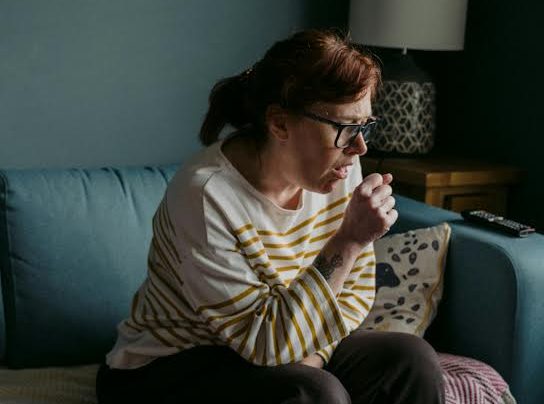


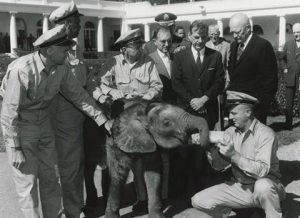 Teddy Roosevelt had numerous pets when he was president, including snakes, dogs, cats, a badger, birds, and guinea pigs.
Teddy Roosevelt had numerous pets when he was president, including snakes, dogs, cats, a badger, birds, and guinea pigs.


